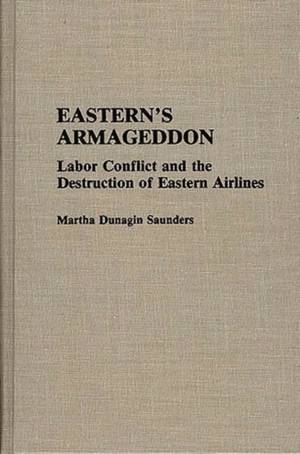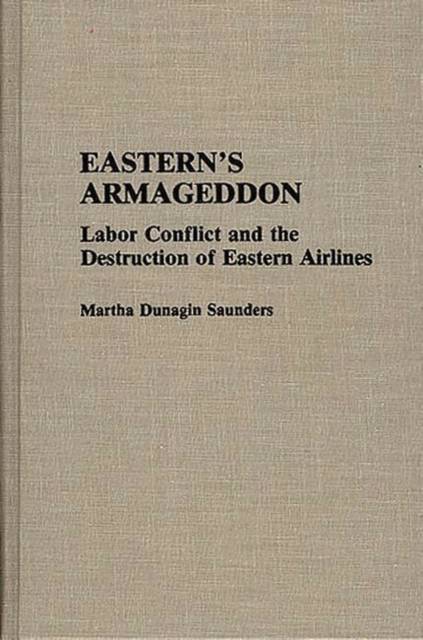
- Afhalen na 1 uur in een winkel met voorraad
- Gratis thuislevering in België vanaf € 30
- Ruim aanbod met 7 miljoen producten
- Afhalen na 1 uur in een winkel met voorraad
- Gratis thuislevering in België vanaf € 30
- Ruim aanbod met 7 miljoen producten
Omschrijving
This book examines the escalation of an organizational conflict to one of the most talked about industrial crises of the past decade: the demise of Eastern Airlines. Through an analysis of the messages exchanged by some of its key participants--the representatives of the pilots and management of Eastern--this study attempts to explain how and why some 4,000 men and women walked away from high-paying glamour jobs and toppled an institution. The book is not an evaluation of the economic climate or financial events that put Eastern into a critical bind; instead, it is an analysis of the human cost of an organizational tragedy that might possibly have been avoided.
The results of the study support communication theory that predicts that when an agitative group bearing the characteristics of the pilots of Eastern Airlines conflicts with an establishment such as Eastern's management under Frank Lorenzo, the establishment can always successfully avoid or suppress agitative movements. This work will be of interest to scholars and practitioners in industrial relations, labor-management studies, corporate communication, and American industrial history.Specificaties
Betrokkenen
- Auteur(s):
- Uitgeverij:
Inhoud
- Aantal bladzijden:
- 176
- Taal:
- Engels
- Reeks:
Eigenschappen
- Productcode (EAN):
- 9780313284540
- Verschijningsdatum:
- 30/09/1992
- Uitvoering:
- Hardcover
- Formaat:
- Genaaid
- Afmetingen:
- 140 mm x 216 mm
- Gewicht:
- 353 g

Alleen bij Standaard Boekhandel
Beoordelingen
We publiceren alleen reviews die voldoen aan de voorwaarden voor reviews. Bekijk onze voorwaarden voor reviews.









